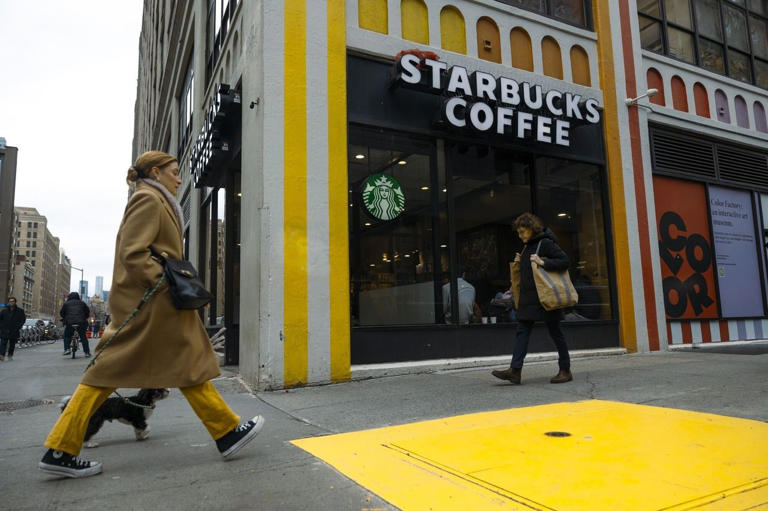The recent signs of economic slowdown in the United States, particularly highlighted by a cooling services sector, have sparked discussions among analysts and investors. One of the most notable indicators of this slowdown was the April employment report, which revealed a significant decrease in job additions compared to the previous month. This decline was particularly striking in the leisure and hospitality sector, raising concerns about weakening consumer demand.
Major players in the food-service industry, such as Starbucks and McDonald’s, echoed these concerns in their recent earnings reports, citing growing caution among consumers. The shift in consumer behavior, characterized by more selective spending habits, reflects the impact of inflationary pressures that have persisted over the past few years. Executives of these companies noted that consumers are becoming increasingly discerning in how they allocate their spending, a trend that has been exacerbated by inflation.
The Institute for Supply Management’s survey added to these concerns by indicating a contraction in services-sector activity for the first time in over a year. This contraction underscores broader challenges in supply chains and production, including supply shortages, logistics disruptions, and labor shortages. These challenges have the potential to hamper economic growth if they persist over an extended period.
In response to these economic indicators, there has been speculation about the Federal Reserve’s monetary policy response. The possibility of rate cuts has gained traction among investors, as lower interest rates could stimulate borrowing and spending, providing a boost to the economy. However, policymakers must carefully weigh the need for stimulus against concerns about inflation and financial stability.
Financial markets have reacted to these developments, with stocks rising and bond yields falling in response to the soft jobs data. This indicates that investors perceive accommodative monetary policy as a means to support economic growth amidst the slowdown.
Looking ahead, the timing and magnitude of potential rate cuts will depend on the evolving economic data and the Fed’s assessment of inflationary pressures. If the economic data continues to signal a slowdown, the possibility of rate cuts, possibly as early as July, could gain momentum. Such a move could provide additional support to the economy during this period of deceleration.
In summary, the current economic landscape presents challenges but also opportunities for policymakers and investors to navigate. Understanding the underlying factors driving the slowdown and its implications will be crucial in formulating effective responses to support economic resilience and stability.
